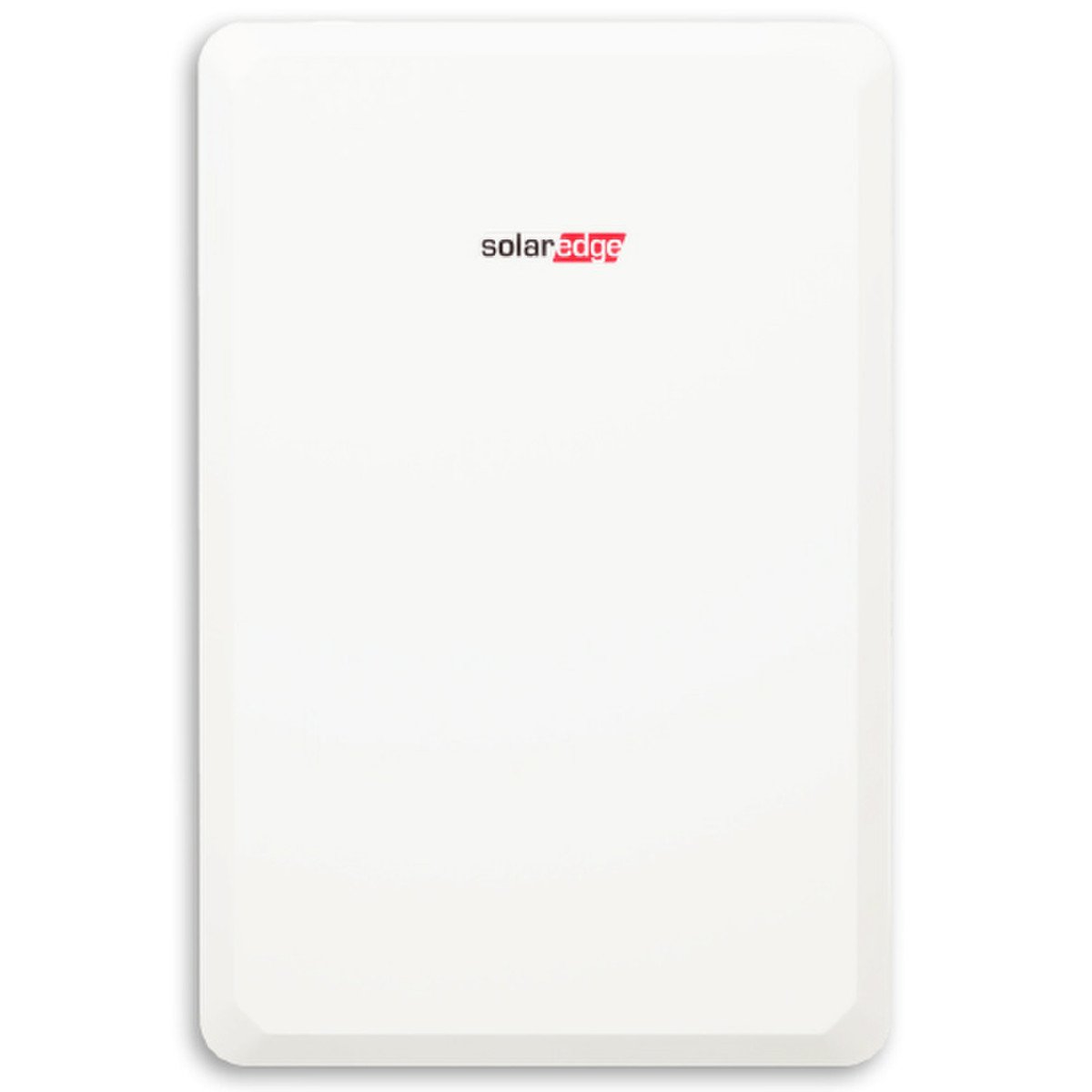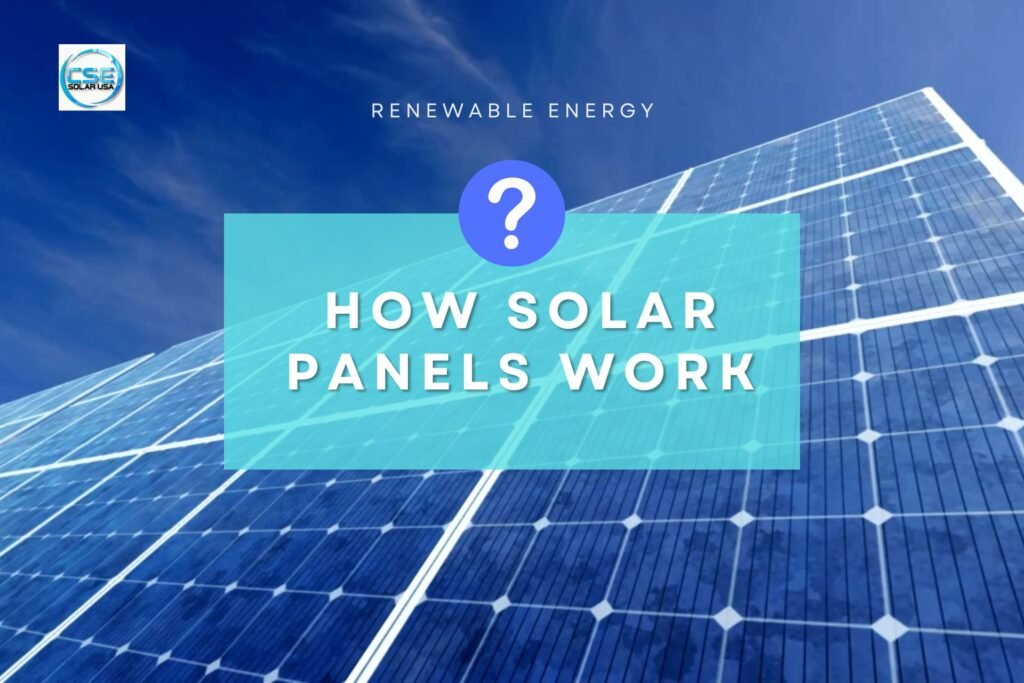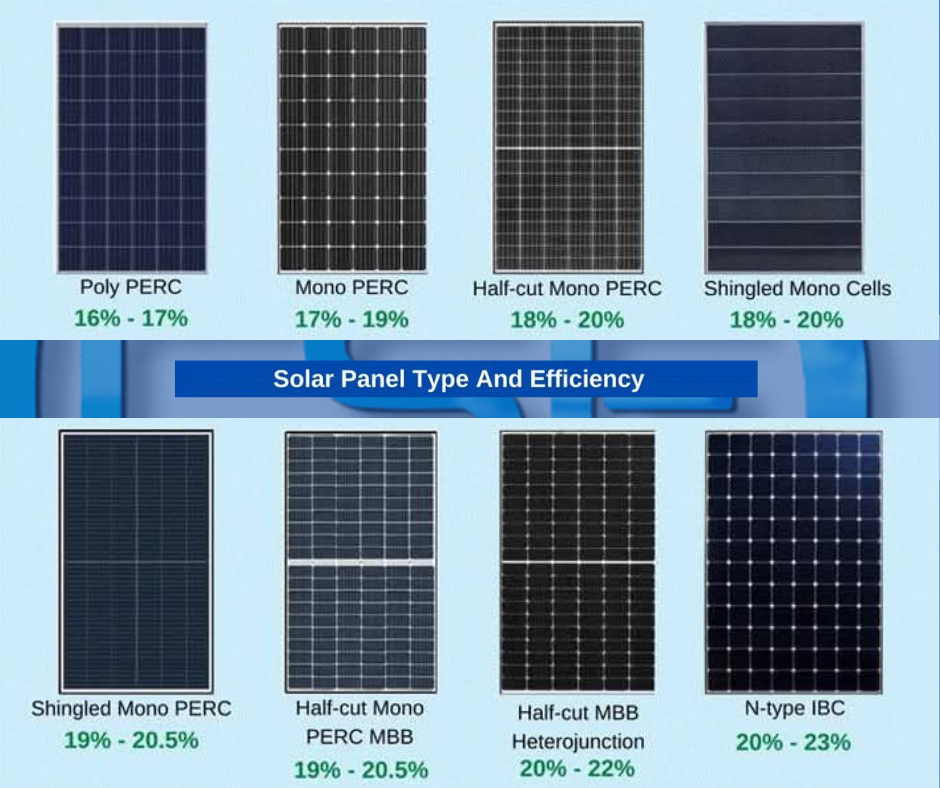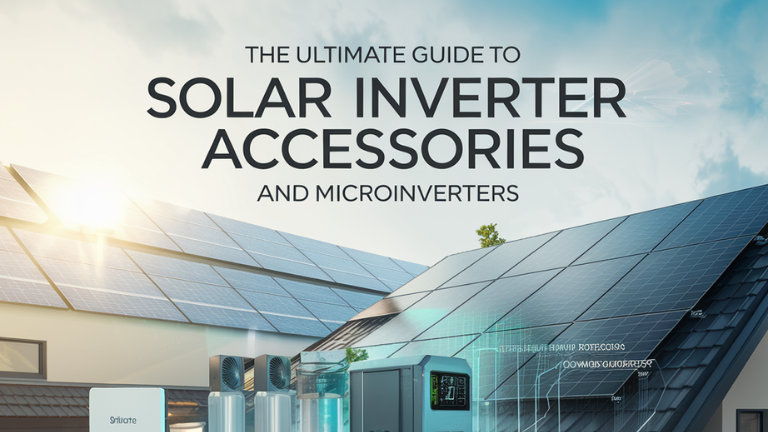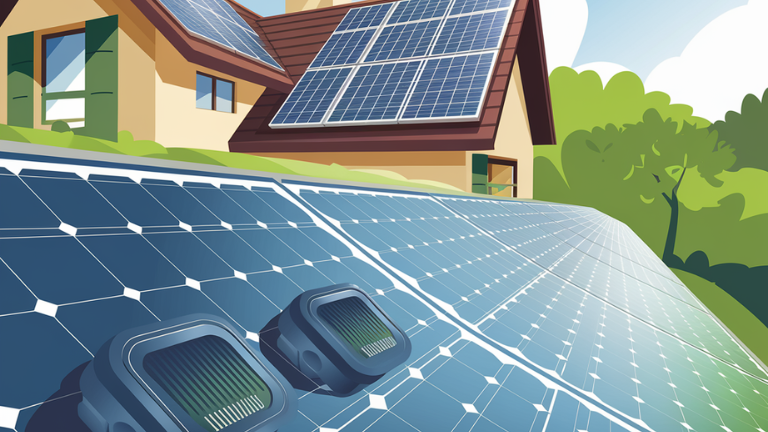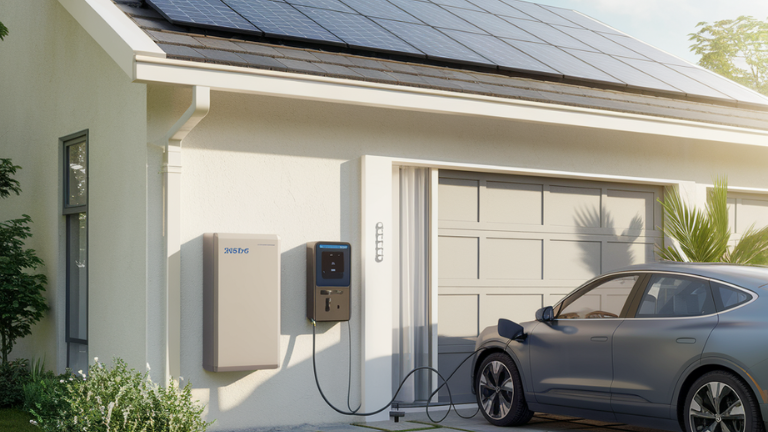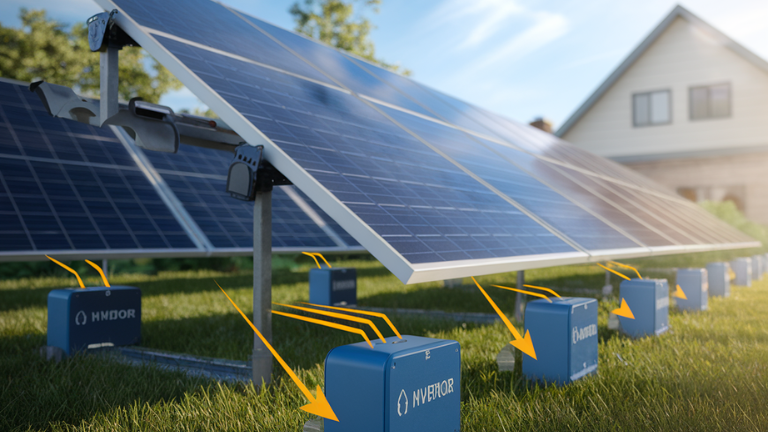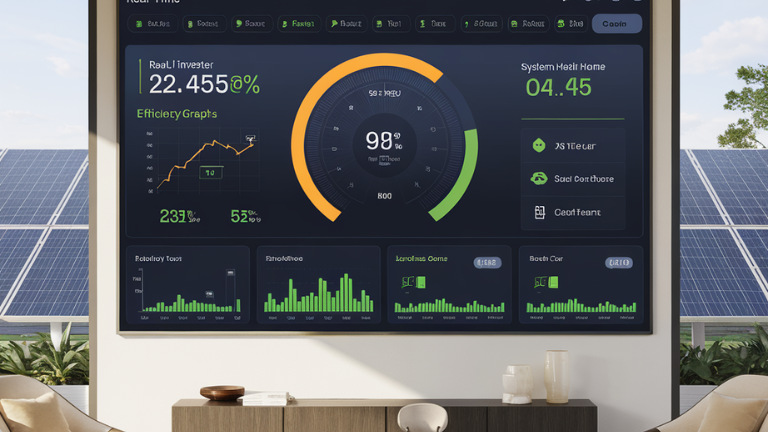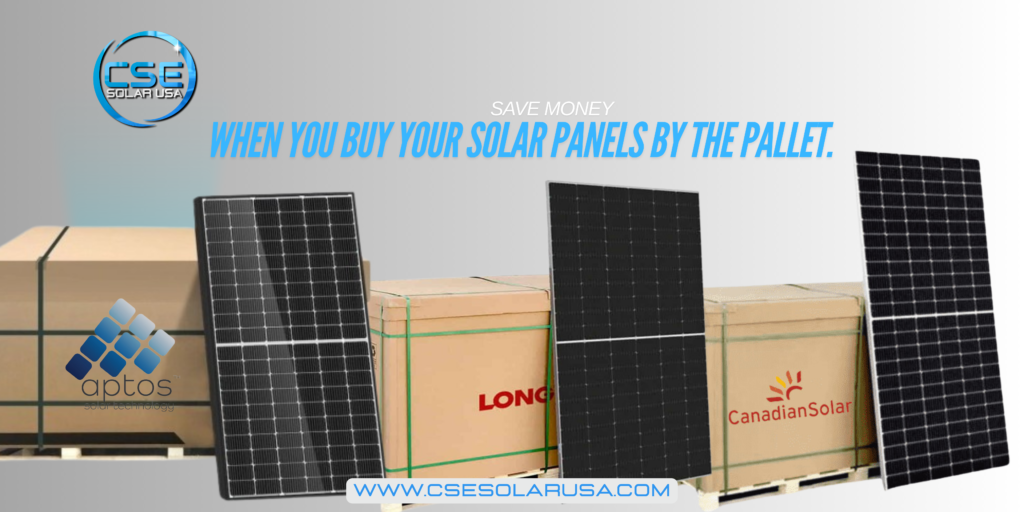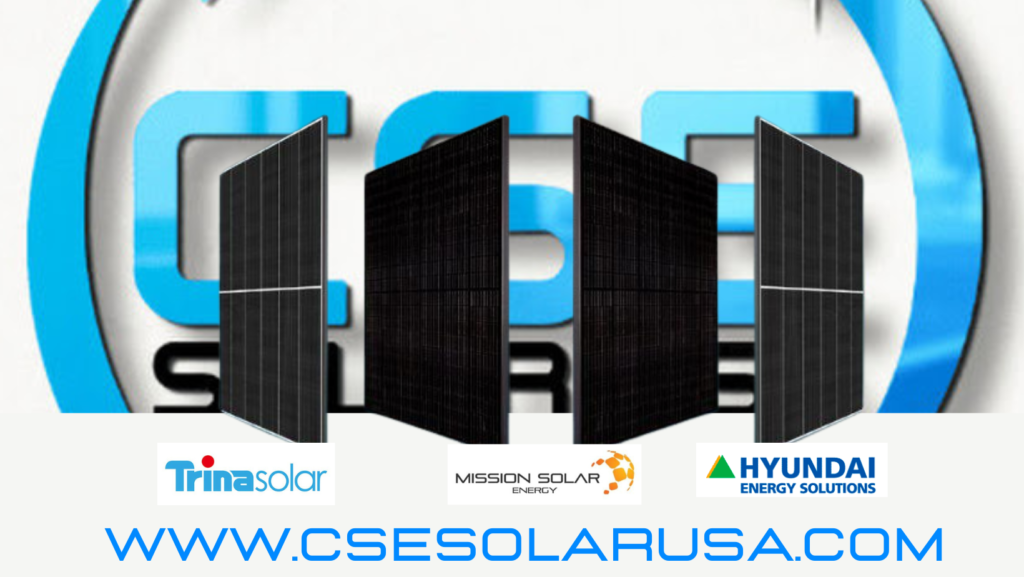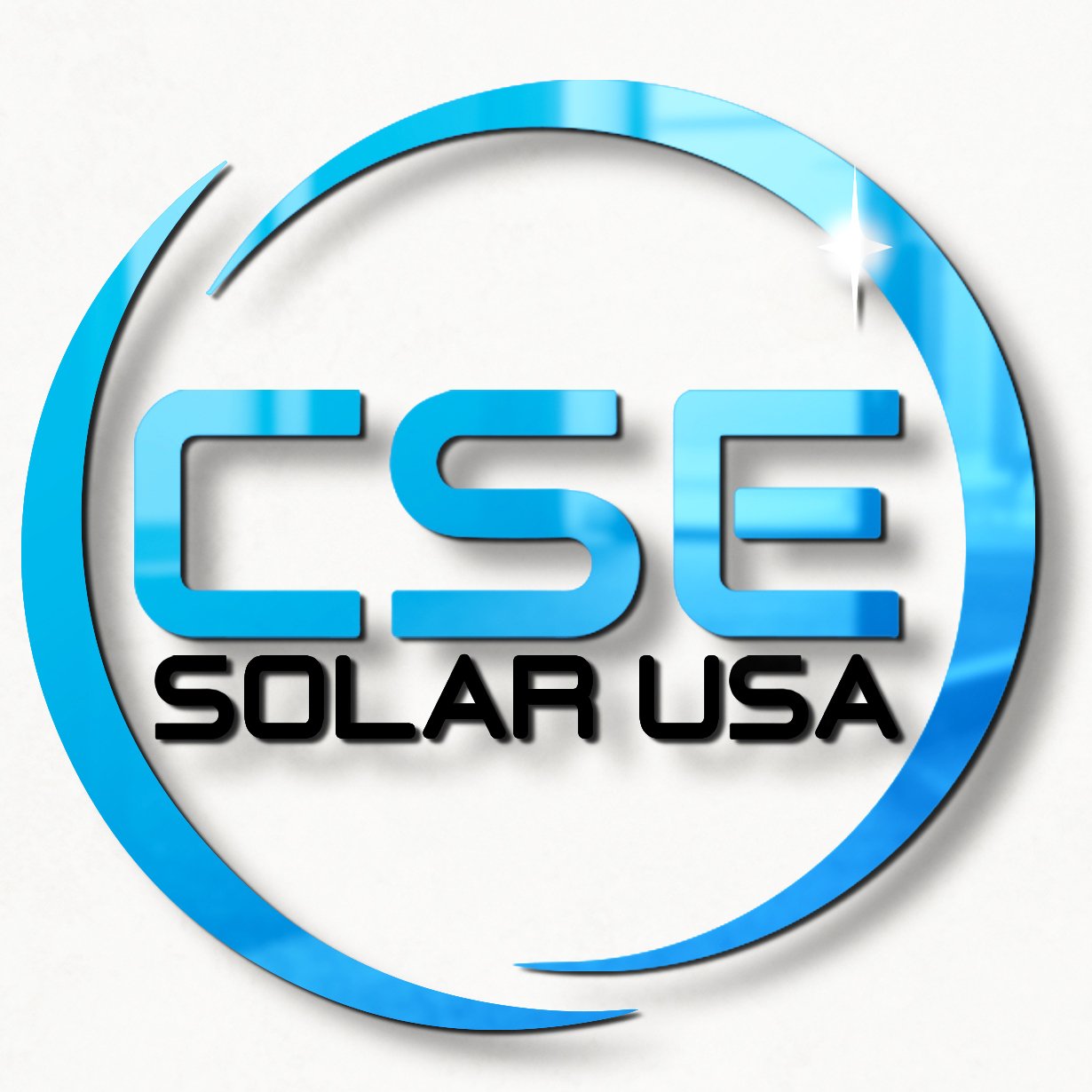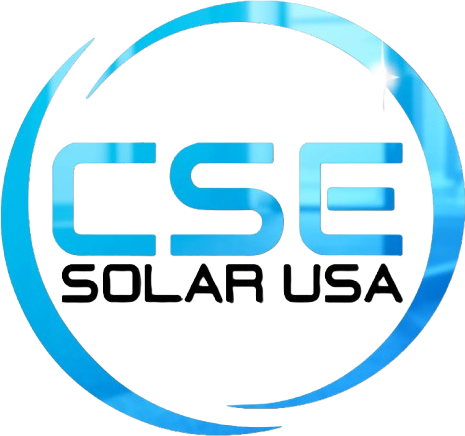Solar Tariffs in 2025: What They Mean for Homeowners, Installers & Distributors


As the solar industry continues to grow in the United States, 2025 has brought a major shift with the implementation of new solar tariffs on imported panels, inverters, and other components. These changes are already affecting everyone — from homeowners and DIY installers to solar contractors and national distributors.
In this article, we’ll break down what the 2025 solar tariffs are, why they were introduced, and how they impact your solar projects — whether you’re planning a residential install, outfitting an off-grid system, or managing supply as a solar business.
What Are the 2025 Solar Tariffs?
In 2025, the U.S. government expanded existing tariffs and introduced new duties on a wide range of imported solar components. These tariffs primarily target:
-
Solar panels (particularly crystalline silicon PV modules)
-
Select mounting hardware and system accessories
The new measures are part of an ongoing effort to protect domestic manufacturing, reduce dependency on foreign supply chains, and encourage more U.S.-based production of clean energy technology.
Tariff increases range from 14% to 45%, depending on the country of origin, product type, and compliance with trade regulations such as the Uyghur Forced Labor Prevention Act.
Why Tariffs Are Being Imposed
There are several key reasons behind these 2025 solar tariffs:
-
Protecting U.S. Manufacturers
Domestic producers of solar modules and energy storage systems have long argued that low-cost imports — especially from Asia — have made it difficult to compete on price, despite high quality and compliance standards. -
Preventing Circumvention of Existing Duties
Some international manufacturers have been accused of routing products through third countries to bypass existing tariffs. The new rules are designed to close those loopholes. -
Supply Chain Resilience & National Security
The tariffs are also part of a broader push to bring clean energy manufacturing closer to home, ensuring access to critical infrastructure during global disruptions.
What This Means for Homeowners
If you’re a homeowner planning to install solar in 2025, the tariffs will likely affect the price and availability of certain equipment. Here’s how:
-
Higher costs on imported panels and inverters
Prices on solar kits and system components have already started to climb, especially for brands manufactured outside the U.S. -
Potential project delays
Some products are facing longer lead times due to slowed imports and increased demand for tariff-free alternatives. -
U.S.-made options are more competitive
The good news is that American-made solar panels and batteries are becoming more accessible and better priced relative to imports. In fact, buying American may now offer both quality and value. -
Incentives still soften the impact
The Federal Solar Tax Credit (ITC) still allows you to claim up to 30% of your system cost, which can help offset increased prices.
Bottom line: If you’re planning to go solar this year, it’s smart to act fast. Prices are expected to keep rising as tariff inventory phases out and demand increases.
How Installers & Contractors Are Affected
For solar professionals, the 2025 tariffs present both challenges and opportunities.
Challenges:
-
Higher procurement costs
Sourcing panels, batteries, and inverters may now come at a premium — especially if relying on overseas brands. -
Uncertain timelines and availability
Some suppliers may experience stock delays, creating planning issues for active installations. -
Tighter margins
Businesses relying on low-cost imports may have to adjust pricing or absorb increased material costs.
Opportunities:
-
Shift toward domestic supply
Installers now have a compelling reason to switch to U.S.-made products, which are more stable in both pricing and logistics. -
Education & trust-building with clients
Contractors can differentiate themselves by helping clients understand tariff impacts and choose the best long-term value. -
Bulk purchasing or pre-tariff inventory
Companies that stockpiled early or bought in bulk can offer competitive pricing while others scramble.
What Distributors Need to Know
Distributors and wholesalers are at the center of this tariff transition — and those who adapt quickly will win the trust of installers and resellers nationwide.
-
Inventory planning is critical
Maintaining pre-tariff stock and U.S.-sourced product lines will keep supply chains flowing while competitors face bottlenecks. -
Diversification pays off
Offering a variety of brands, including tariff-free or U.S.-made panels, batteries, and inverters, provides flexibility to meet different customer needs. -
Communication is key
Explaining pricing changes clearly to customers — and being transparent about lead times — helps maintain relationships and minimize frustration.
At CSE Solar USA, we anticipated the tariff impact and invested heavily in pre-tariff inventory across top brands. We continue to support both direct customers and installer networks with wholesale pricing, fast fulfillment, and expert service.
Final Thoughts: What You Can Do Now
The solar tariffs of 2025 are here to stay — at least for the foreseeable future. Whether you’re a homeowner, installer, or distributor, the best thing you can do is:
-
Plan ahead for future needs
-
Buy now while pre-tariff stock is still available
-
Choose quality brands that deliver long-term performance
-
Look at U.S.-made products as a smarter long-term investment
Solar is still one of the best ways to reduce your electric bills, increase energy independence, and contribute to a cleaner future. Tariffs may change the pricing landscape, but the demand — and opportunity — is stronger than ever.
Need help navigating your solar equipment options?
📞 Call us: 702-608-8385
📧 Email: in**@*************sa.com
🌐 Visit: new.csesolarusa.com
📦 Nationwide shipping | 🛠 Installer support | 💡 Contractor pricing available





